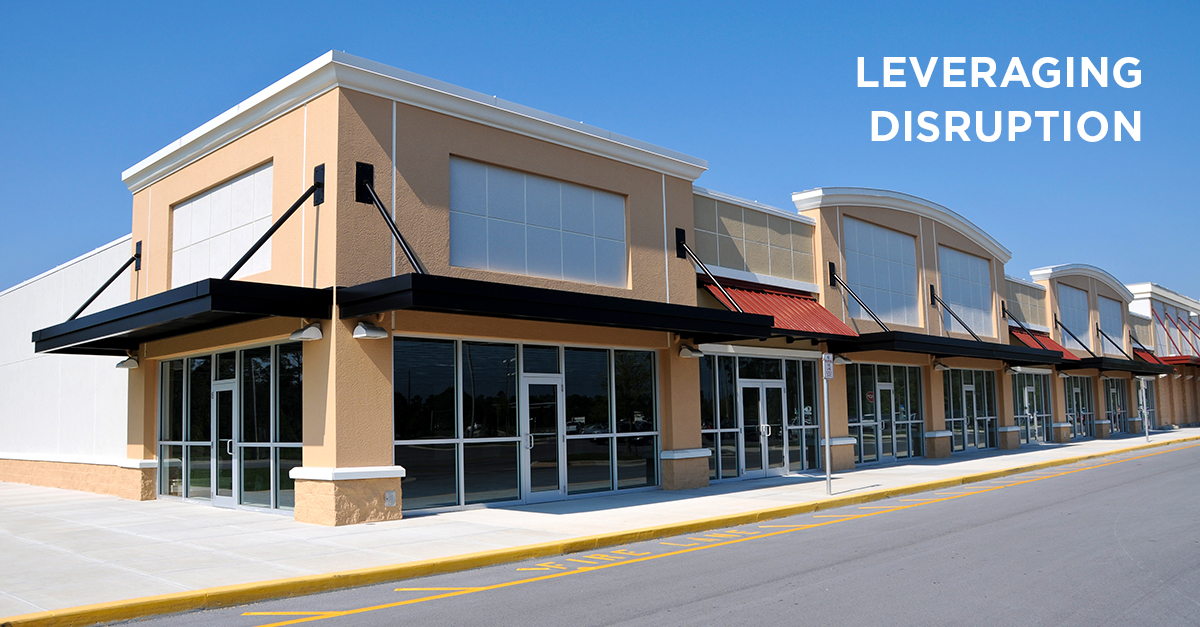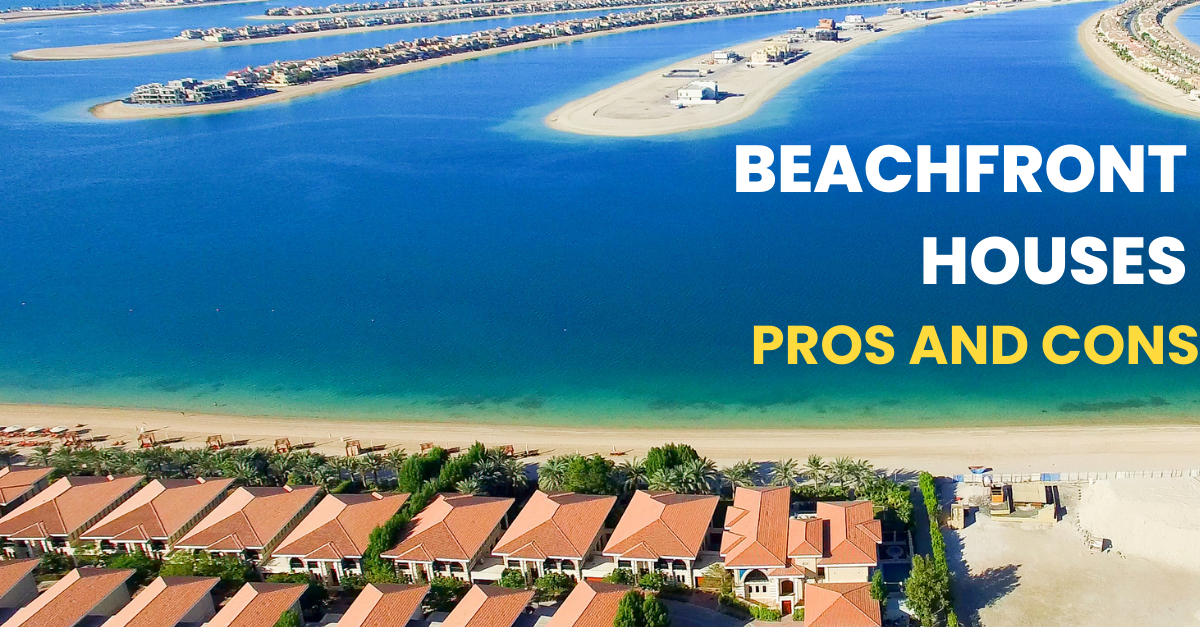Leveraging disruption: Repurposing underutilized retail and commercial spaces for the residential market
The Financial Crisis of 2008 set the ball rolling on what can be dubbed as “retailpocalypse” – a widespread closure of brick-and-mortar retail stores. Over the past decade, while physical stores succumbed to the digital revolution, e-commerce has witnessed exponential growth. With the COVID-19 outbreak adding to their woes, physical retailers are being forced to either pivot or incur additional expenses. By one estimate(1), more than half of all U.S. departmental stores in malls will be vacant by 2021.
What does this mean for CRE owners? They are looking at a potential multi-level crisis: negative ROI, tax liability, and the susceptibility of vacant properties to vandalism, criminal activities and atrophy. In response, the Trump administration has been weighing the option of turning the glut of empty retail space into affordable housing, which, if the move materializes, will lead to a slew of policies favouring commercial-to-residential conversions.
A new lease of life
Remote working is becoming the “new normal”, which could lead to pruning of physical office space as well. There is a general consensus emerging among real estate consulting firms, on the dire outlook for CRE in the near to medium term and a possible rebound in the primary market down the road. In other words, properties in the secondary market could soon fall out of favour, and since the next wave of demand is likely to be centered on value-driven CRE, old building stock could fail to find takers.
Under these circumstances, owners can consider repurposing underutilized commercial spaces into residential units. In fact, studies suggest(2) that compared to new construction, adaptive reuse can be 16% cheaper in terms of construction costs and take 18% less execution time. Conversions are particularly actionable in over-retailed CRE markets, where e-commerce boasts a strong presence but the affordable housing segment faces acute shortage. The notion applies to movie theatres as well, whose days are numbered, after the lockdown exacerbated business woes, initially caused by the meteoric growth in online streaming services.
Mall owners facing downturn in footfall can convert retail stores into residential microunits with relative ease. Since malls and commercial spaces are often situated in city hubs, the repurposing can be specifically targeted to cater to young professionals who prefer accessibility to urban centers and easy access to public transport. There is a good aggregate demand for modernist compact spaces in prime cities, driven by millennials – who prefer flexibility, privacy and affordability – entering work forces and rental markets in large numbers. Since the practice also embraces sustainability, it can be a value proposition in itself, in line with the expectations of eco-conscious end users.
Additionally, an advanced step in adaptive reuse is to develop mixed-use, hybrid properties, where you can preserve some of the commercial space and repurpose the rest, offering residents more value through co-working and collaborative spaces. Such community-oriented developments could attract a premium from renters who seek both affordability and “blended living” in central hubs. In Seattle, a 41-year-old shopping center(3) is being converted into a 300-unit apartment complex with underground parking, along with 90,000 sq. ft. of space preserved for commercial activities — an archetype of underutilized old buildings getting a new lease of life, especially within the context of hybrid developments.
Today, when the health infrastructure is failing to meet the additional COVID-induced demand, repurposing untenanted commercial spaces for medical use also assumes a moral imperative. The same can be said about rehabilitating homeless citizens and blue-collar workers who, due to economic recession and lockdown effect, are unable to pay hefty rents and are facing eviction. Governments can take over disputed and abandoned commercial properties, purchase from interested sellers, or form PPPs, to repurpose them and shelter citizens in need.
As an example on how governments can leverage conversion to address many crises, TechCrunch makes a compelling case(4): San Francisco has roughly 150 million sq. ft. of commercial space, including office and retail. If, say, the pandemic and its knock-on economic ramifications cause 20% churn, that translates to 30 million sq. ft. of repurposable space. If repurposed, this could increase the city’s residential stock by 10% at least, which, in turn, could generate jobs and help bring down inflated rental prices. Furthermore, a mere 2 million sq. ft. of the repurposable space can be used to develop many 200 sq. ft. mini-apartments, which could rehabilitate every homeless person in the city.
Deterrents
In theory, commercial-to-residential conversions could work wonders for an ailing asset class like CRE. However, in practice, there are several regulatory bottlenecks to contend with. Zoning laws could present an issue and local communities could take exception to the proposed redevelopment. In fact, many markets are devoid of a robust legal framework concerning conversions, which leaves room for complications.
Administrative bodies should consider eliminating roadblocks hindering conversions, by subsidizing the process and issuing new sets of de-zoning or re-zoning laws. Laborious approval procedure should be simplified and accelerated, while exorbitant licensing fee should be slashed. Global real estate is currently undergoing a seismic shift in trends and consumer sentiment, and the sector could use a resizing between submarkets. To that end, commercial-to-residential conversion is among the few actionable solutions where benefits far outweigh the drawbacks.
- https://www.cnbc.com/2020/04/29/50percent-of-all-these-malls-forecast-to-close-by-2021-green-street-advisors-says.html
- https://www2.deloitte.com/us/en/pages/financial-services/articles/adaptive-reuse-of-commercial-real-estate.html
- https://www.bloomberg.com/news/articles/2020-06-30/a-case-for-turning-empty-malls-into-housing
- https://techcrunch.com/2020/05/03/let-housing-rise-from-the-empty-offices-and-malls/




